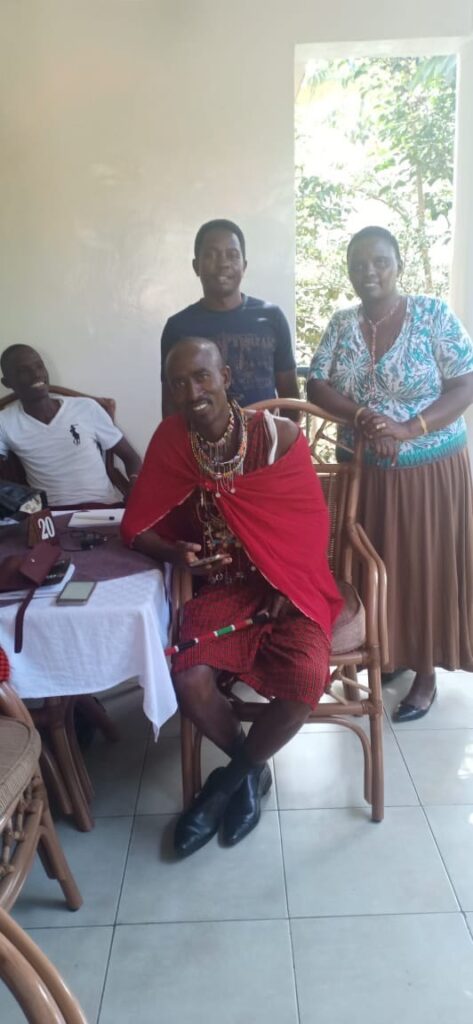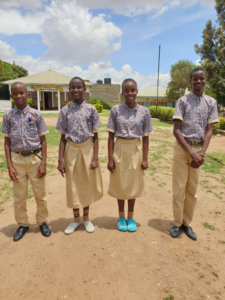By Guest Writer: Natalia Bosch
Through WaterStep’s work around the world, we partner with people from many different cultures and backgrounds to provide them access to clean water. One such group is the Maasai people of Kenya and Tanzania. The Maasai have a rich, unique culture. Tradition says they originated in the area that is modern day Sudan and Ethiopia; however, in the 15th century, they began migrating south and slowly made their way to the Great Rift Valley in Kenya and Tanzania, where they settled in the 17th and 18th centuries.
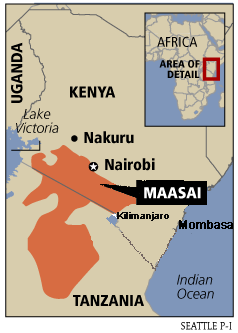
The Maasai is a tribal culture with patriarchal leadership. The Maasai people group is divided geographically into several smaller sections: there are somewhere between 12 and 22 sections across both Kenya and Tanzania. Instead of having a chief, each section is led by elders — a group of older, distinguished men who make decisions for the rest of the community. There is also a “laibon,” or spiritual leader, within each community. Most Maasai are generally monotheistic, and they worship a god called “Enkai” or “Engai.” Recently, however, many have converted to Christianity because of missionaries in the area.
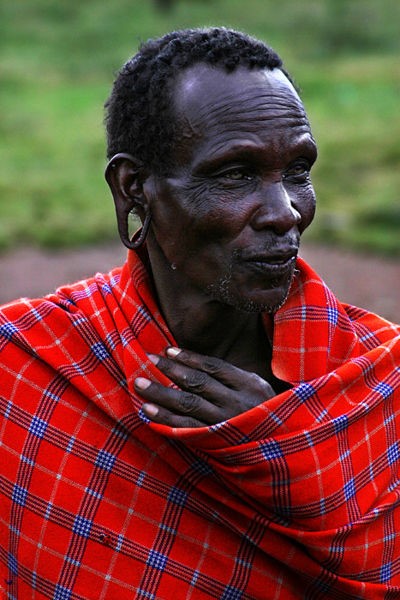
Typically a nomadic and pastoral culture, the Maasai move around frequently to find new pastures and fields for their livestock. Historically, herding cattle has been their main livelihood and source of food. A man’s social status is determined by the size of his herd, and wealth is measured by the number of children and cattle a man has. Women only marry once but men can have multiple wives if they own enough cattle. They live in houses called “inkajijik” which the women build from wooden poles covered with branches and plastered with mud.
Young boys learn to help with the animals, but they are trained to become “morani,” or warriors, once they hit puberty. They are taught to be brave and to work together as a group. Traditionally, killing a lion was a rite of passage for young warriors, but it is done less frequently now. Maasai warriors are known for using spears and wielding clubs which they can throw very far distances. These clubs can be used as weapons and for herding cattle. Girls stay home to help with chores and learn house skills; they are married off at an early age. A lot of kids are uneducated as there are very few schools in the Maasai region. The surrounding governments have neglected making sure the Maasai have easy access to schools. This lack of education makes it increasingly harder for the Maasai to interact with the outside world. Thus, some Maasai have started sending their children to school, but often transportation is difficult to obtain. Moreover, even if the children do go to school, classes are taught in Swahili or English, not their first language of Maa.
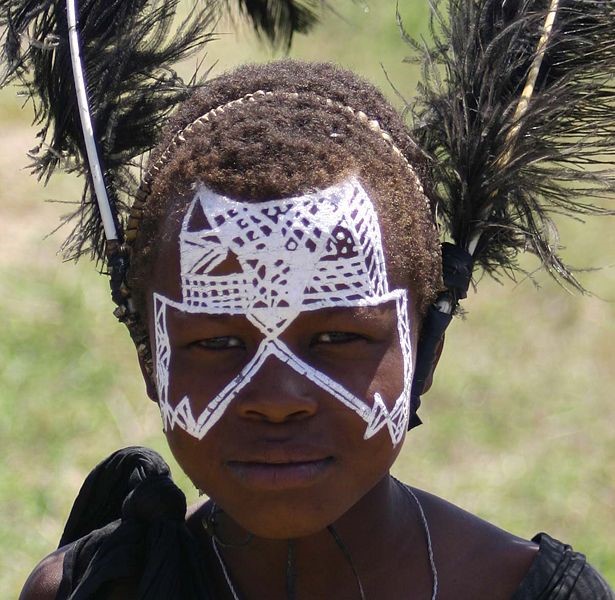
One of the most critical situations the Maasai face is their lack of clean drinking water. Access to water sources is very limited, especially when there is a drought. They often get most of their water from partially dried-up riverbeds and boreholes — deep holes in the ground. Because these sources are often shared with animals, they are extremely unclean and contaminated. The Maasai are exposed to germs and disease, and many die from unsafe water and cholera. Because they believe any water that is safe for animals is safe for humans, they generally do not take necessary precautions to make sure the water is clean and free from germs.
In efforts to address the water situation, Humphrey Muchuma and Raphael Wanjala, WaterStep’s ambassadors in Kenya, organized a water conference in Kisumu, Kenya. About 20 people from several different countries attended, including 2 from the Maasai community. As the Maasai people are very traditional and generally cling to their way of life as it’s been for hundreds of years, taking the initiative to attend a water conference is a huge step. This shows that they want to make a change in their way of life in order to increase sanitation and gain access to clean water. At the WaterStep conference, they learned the WASH (water, sanitation, and hygiene) program designed by Unicef. In addition, they have implemented WaterStep’s M-100 ChlorineGenerators in Maasai communities. The Maasai have been trained to use the equipment and make their water safe to drink. Moreover, people within the Maasai community are teaching children how to wash their hands and the importance of sanitation and hygiene. Through Humphrey’s work and WaterStep’s equipment, lives are being saved in the Maasai community as they gain access to safe water!
